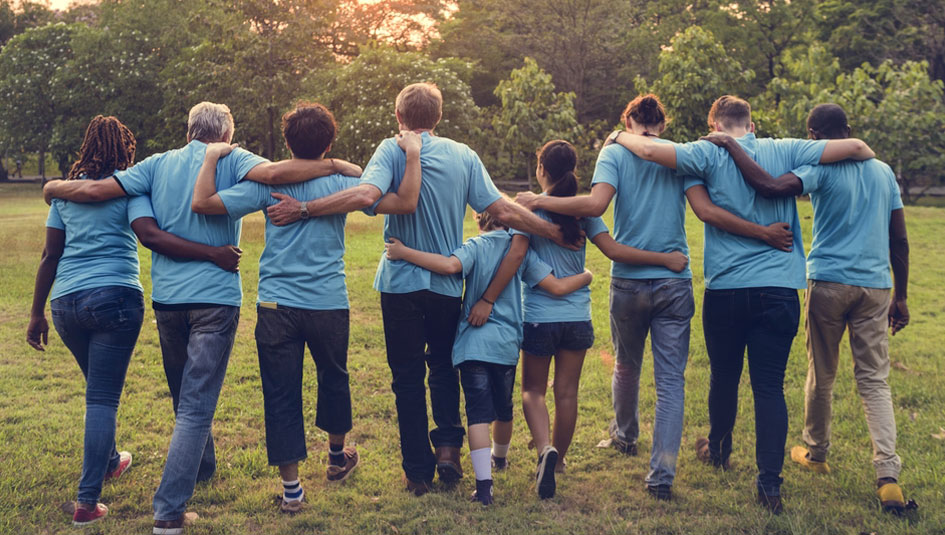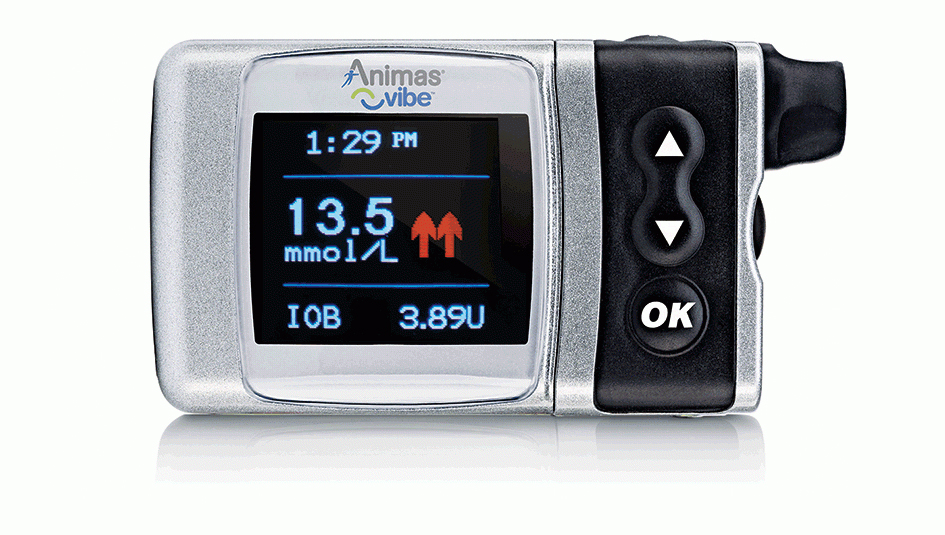Reducing Disparities in the Type 1 Diabetes Community

According to a Pew Research study, white men out-earn black and Hispanic peers—and all groups of women. It is no wonder that these individuals face fewer hurdles when it comes to medical care. They are more likely to have health insurance and less likely to develop chronic conditions. And the rise of “precision medicine” is expected to further increase the advantages that white males already have.
Such racial and gender disparities are apparent within the Type 1 diabetes community. For instance, a recent study found that ethnic minorities with Type 1 diabetes fared worse than their non-Hispanic white peers in several respects, some of which were independent of socioeconomic factors.
Such material disadvantages compel some individuals to resort to unsafe tactics, such as re-using needles, using expired insulin, or rationing insulin. These bad habits can worsen health and make proper care even more inaccessible. They can also reinforce the cycle of disadvantage. For instance, if an individual has no job, he or she may have to acquire external insurance with a high monthly coverage rate, leading to even further debt.
Emotional factors can also exacerbate existing material disadvantages. Many kids with Type 1 diabetes feel “lesser” because of the condition. As a result, they may grow to resent themselves because of diabetes. Poor self-esteem can lead to lack of motivation and hope, which further increases pre-existing disparities.
Diabetes can also impact how one is treated within the family unit. Some individuals feel burdensome because of the financial and emotional toll that their condition places upon the family. This, too, perpetuates negative cycles of care.
All of this is to say: the most vulnerable individuals within the diabetes community are often the least equipped to speak about their disadvantages. Because of this reality, the burden is on the diabetes community to raise awareness about disparities within—and to use our voices to eliminate those disparities.
Look around the diabetes community and you will see that many are struggling. Some may lack insulin or supplies; others may lack information. What can you do to help the person sitting next to you (or interacting with you on the same social network)?
Join a nonprofit or charitable organization that is working to improve access and raise awareness. Advocate for it in person or online.
And remember that there are many different kinds of privilege and disadvantage. Some people are privileged in some respects while disadvantaged in others. For instance, someone may have education and high income, but lack social support. Or, someone may be healthy and able-bodied, but lack financial resources. Find moments to step outside of yourself and consider the battles that your peers may be fighting. Then just sit with that discomfort for a bit. Doing so is a step toward improving the community for all.
Do you have an idea you would like to write about for Insulin Nation? Send your pitch to submissions@insulinnation.com.
Thanks for reading this Insulin Nation article. Want more Type 1 news? Subscribe here.
Have Type 2 diabetes or know someone who does? Try Type 2 Nation, our sister publication.







